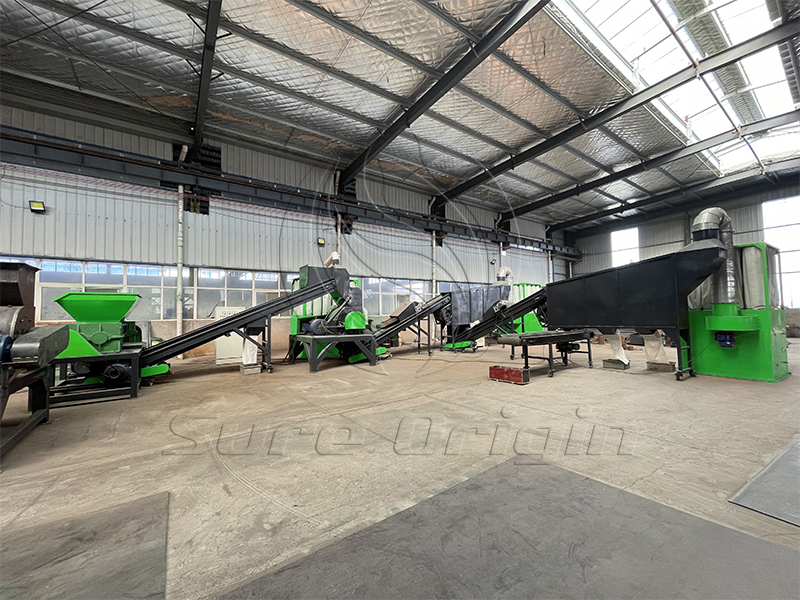Copper and aluminum radiators are widely used in air conditioning and cooling systems. When these radiators reach the end of their lifespan, they contain valuable materials—mainly copper tubes and aluminum fins—which can be efficiently separated and reused. A Copper Aluminum Radiator Separator is a specialized machine designed to separate these two metals with high precision, ensuring maximum material utilization.
How Does the Copper Aluminum Radiator Separator Work?
The separation process involves several key steps:
Cutting & Feeding – The radiator is first cut into manageable sizes and then fed into the machine.
Crushing or Stripping – Depending on the type of separator, the machine either crushes the radiator or strips the aluminum fins from the copper tubes.
Separation – The machine efficiently separates the copper and aluminum using mechanical force, ensuring minimal material loss.
Final Output – The result is clean copper and aluminum, ready for further processing or direct use in new products.
Key Features of a Copper Aluminum Radiator Separator
High Efficiency – The machine operates at a fast speed, processing large volumes of radiators.
Clean Separation – Ensures 99% purity of copper and aluminum after separation.
Easy Operation – User-friendly design with automated functions for smooth operation.
Wide Compatibility – Works with various radiator types, including single-layer and double-layer radiators.
Durability – Built with high-quality steel and wear-resistant components for long-term use.
Applications of Copper and Aluminum After Separation
Once separated, the extracted copper and aluminum have multiple applications:
Copper – Used in electrical wiring, plumbing, and industrial machinery.
Aluminum – Commonly used in automotive parts, construction materials, and new radiator manufacturing.
Conclusion
A Copper Aluminum Radiator Separator is an essential machine for efficiently recovering valuable metals from waste radiators. With its high efficiency and precision, it plays a crucial role in material recycling and resource conservation. Investing in a quality separator ensures cost savings, environmental benefits, and high-value material recovery.



